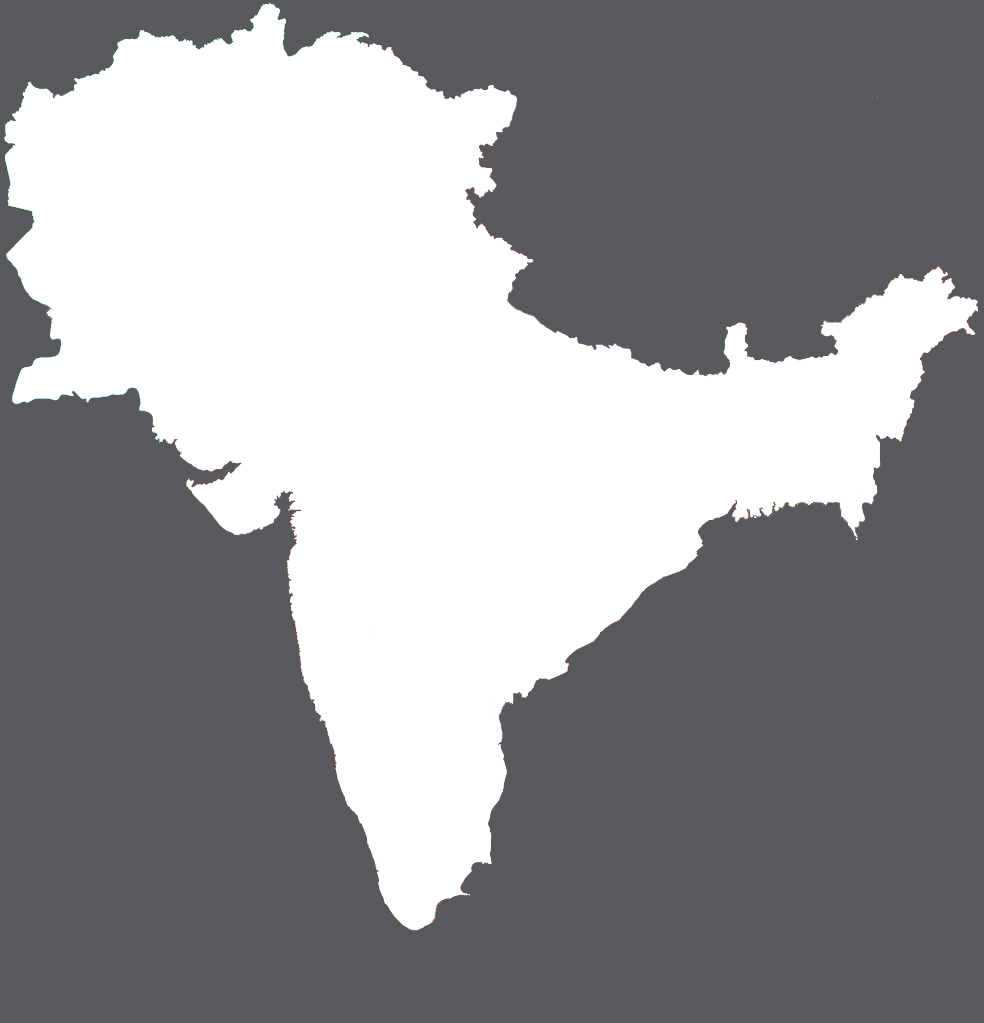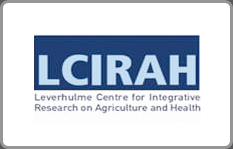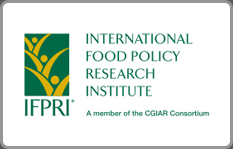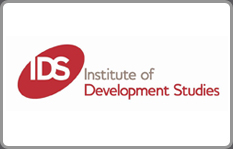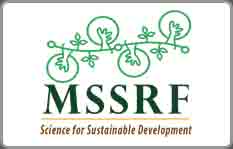Dietary Transition in India: Temporal and Regional Trends, 1993 to 2012
Rapid economic growth, urbanization, and globalization have resulted in dietary transformation in India. Triple burden of malnutrition remains a significant concern, with high pre- valence of undernutrition, widespread micronutrient deficiencies, and rising obesity. This article reviews the dietary transition in India by analyzing trends in food consumption across time and space. Household consumption survey data from 1993 to 2012 are analyzed to examine both national- and state-level trends to investigate how diets have changed and vary across the country.
Mapping of Policies Related to Fruits and Vegetables Accessibility in India
Multiple forms of malnutrition (MOM) are a public health concern that requires strong and collaborative policy action. One common thread across MOM is inadequate consumption of fruits and vegetables (FV). An underlying reason is inadequate supply that manifests as problems in accessibility. Using India as a case study, our aim was to understand how the FV supply-chain functions, to identify related policies that affect it and to explore opportunities for strengthening existing policies and creating new ones to improve FV accessibility.
Finger Millet in Tribal Farming Systems Contributes to Increased Availability of Nutritious Food at Household Level: Insights from India
The challenge to food production posed by climate aberrations has been seeing increased attention to reviving millet-based farming systems. Millets are climate-resilient and nutritionally equivalent or superior to most other cereals, making them a favourable crop to address the prevalence of malnutrition. Finger millet (Eleusine coracana) is among the major crops cultivated in the undulating terrains of Koraput district of Odisha, India. It is consumed as a staple food and drink by the local tribal communities.

